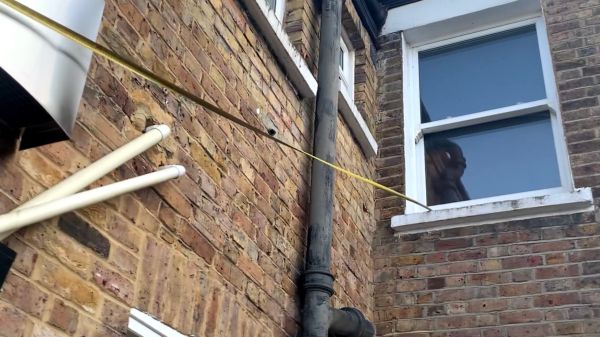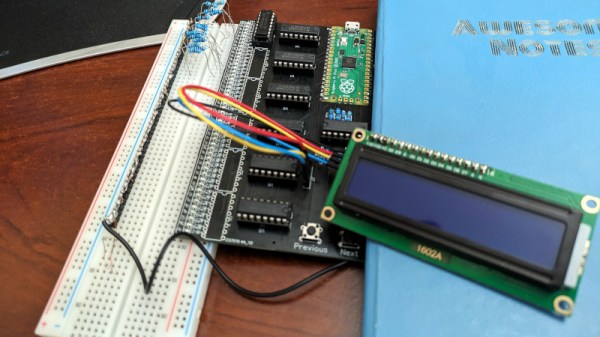So far in this series, pretty much every material we’ve covered has had to undergo a significant industrial process to transform it from its natural state to a more useful product. Whether it’s the transformation of bauxite from reddish-brown clay to lustrous aluminum ingots, or squeezing solid sulfur out of oil and natural gas, there haven’t been many examples of commercially useful materials that are taken from the Earth and used in their natural state.
Quartz, though, is at least a partial exception to this rule. Once its unusual electrical properties were understood, crystalline quartz was sent directly from quarries and mines to factories, where they were turned into piezoelectric devices with no chemical transformation whatsoever. The magic of crystal formation had already been done by natural processes; all that was needed was a little slicing and dicing.
As it turns out, though, quartz is so immensely useful for a technological society that there’s no way for the supply of naturally formed crystals to match demand. Like copper before it, which was first discovered in natural metallic deposits that could be fashioned into tools and decorations more or less directly, we would need to discover different sources for quartz and invent chemical transformations to create our own crystals, taking cues from Mother Nature’s recipe book on the way.
Continue reading “Mining And Refining: Quartz, Both Natural And Synthetic”














